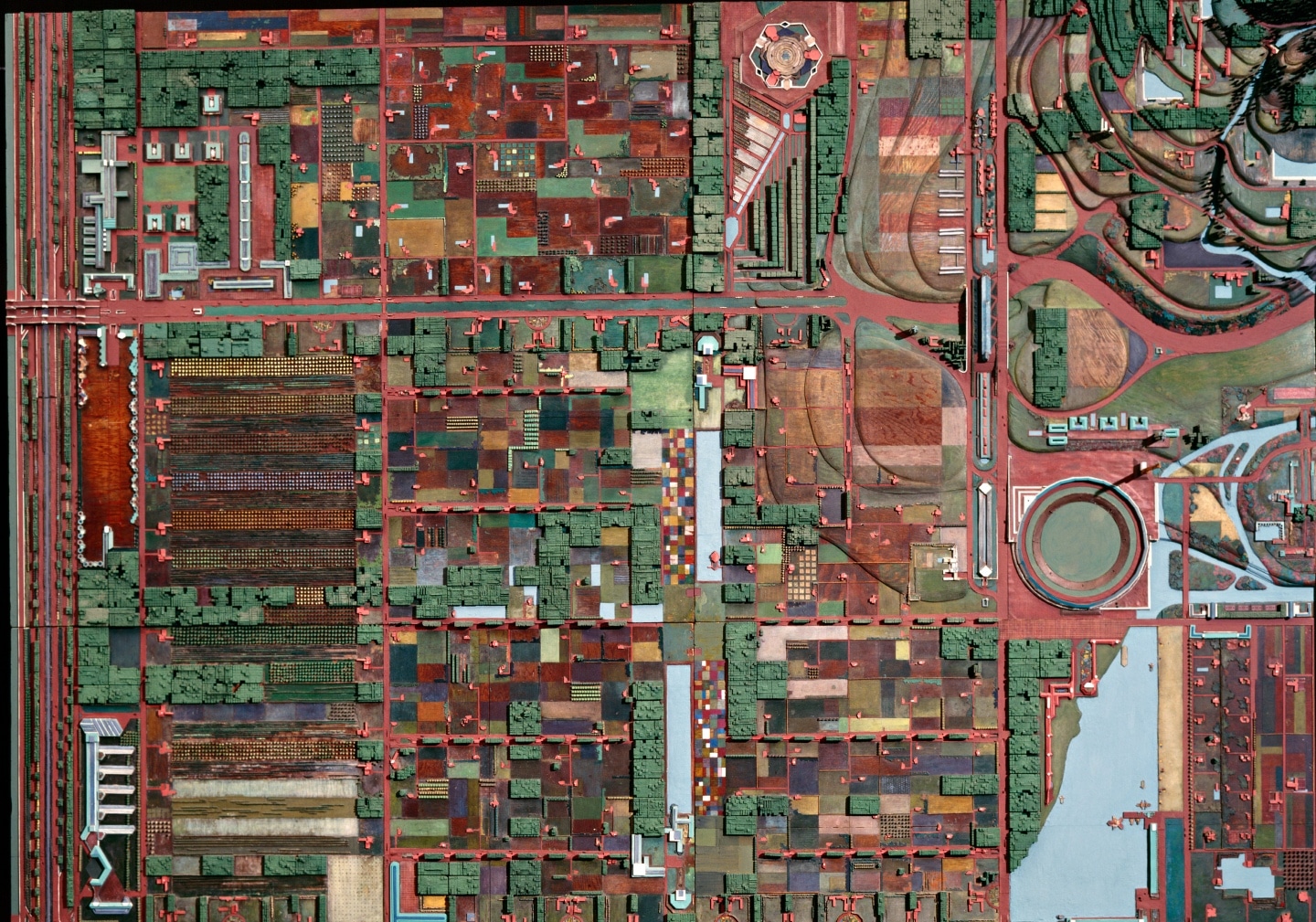Jeremy Lent, “We Need an Ecological Civilization Before It’s Too Late,” Open Democracy, October 21, 2018, accessed January 31, 2023, https://www.opendemocracy.net/en/transformation/we-need-ecological-civilization-before-it-s-too-late/.
Timothy M. Lenton and Bruno Latour, “Gaia 2.0 Could Humans Add Some Level of Self-Awareness to Earth’s Self-Regulation?” Science 361, no. 6407, September 2018, 1066-1068.
Alfred North Whitehead, Adventures of Ideas (New York: The Free Press, 1967), p. 83.
Ernest Callenbach, Ecotopia (New York: Bantam, Reissue edition, 1990).
Ernest Callenbach, Ecotopia Emerging (Berkeley: Banyan Tree Books, 1981).
Oh Se-young, "{Fact check} The unit price of renewable E in the case of Denmark…'It is lower than fossil fuels, but it is questionable whether it will be'," Energy Economy Newspaper, August 12, 2021. See ➝.
Jeong Han-kyo, "Global renewable energy LCOE decline in 2020… Solar power, 7% compared to the previous year," Industry News, July 17, 2021. See ➝.
Helena Norberg-Hodge, Ancient Futures (San Francisco: Sierra Club Books, 1992).
Carlo Petrini, Terrafutura: Dialoghi con Papa Francesco sull'ecologia integrale (in Italian), (Giunti, 2020).
Ibid.
John B. Cobb, Jr., "Ten Ideas for Saving the Planet," Open Horizons. See ➝.
André Gorz quoted in Giacomo D’Alisa, Federico Demaria, and Giorgos Kallis, eds., Degrowth: A Vocabulary for a New Era (Routledge, 2014), 1.
Beginning in Paris in 2008, conferences by international research communities on the subject of degrowth have been held in Barcelona (2010), Montreal (2011), Venice (2012), Leipzig (2014), and Budapest (2016), and in the last one to two years, and even in South Korea major academic journals have been taking up degrowth in the last one to two years.
"Charter of the Forest, 1225," The National Archives. See ➝.
Brian Hare and Vanessa Woods, Survival of the Friendliest: Understanding Our Origins and Rediscovering Our Common Humanity (Random House, 2020).
Elinor Ostrom's 8 rules for managing the commons are: 1. Define clear group boundaries. 2. Match rules governing use of common goods to local needs and conditions. 3. Ensure that those affected by the rules can participate in modifying the rules. 4. Make sure the rule-making rights of community members are respected by outside authorities. 5. Develop a system, carried out by community members, for monitoring members’ behavior. 6. Use graduated sanctions for rule violators. 7. Provide accessible, low-cost means for dispute resolution. 8. Build responsibility for governing the common resource in nested tiers from the lowest level up to the entire interconnected system. See Elinor Ostrom, Governing the Commons: The Evolution of Institutions for Collective Action (Cambridge, UK: Cambridge University Press, 1990).
Translated from Korean by Alice S. Kim.
